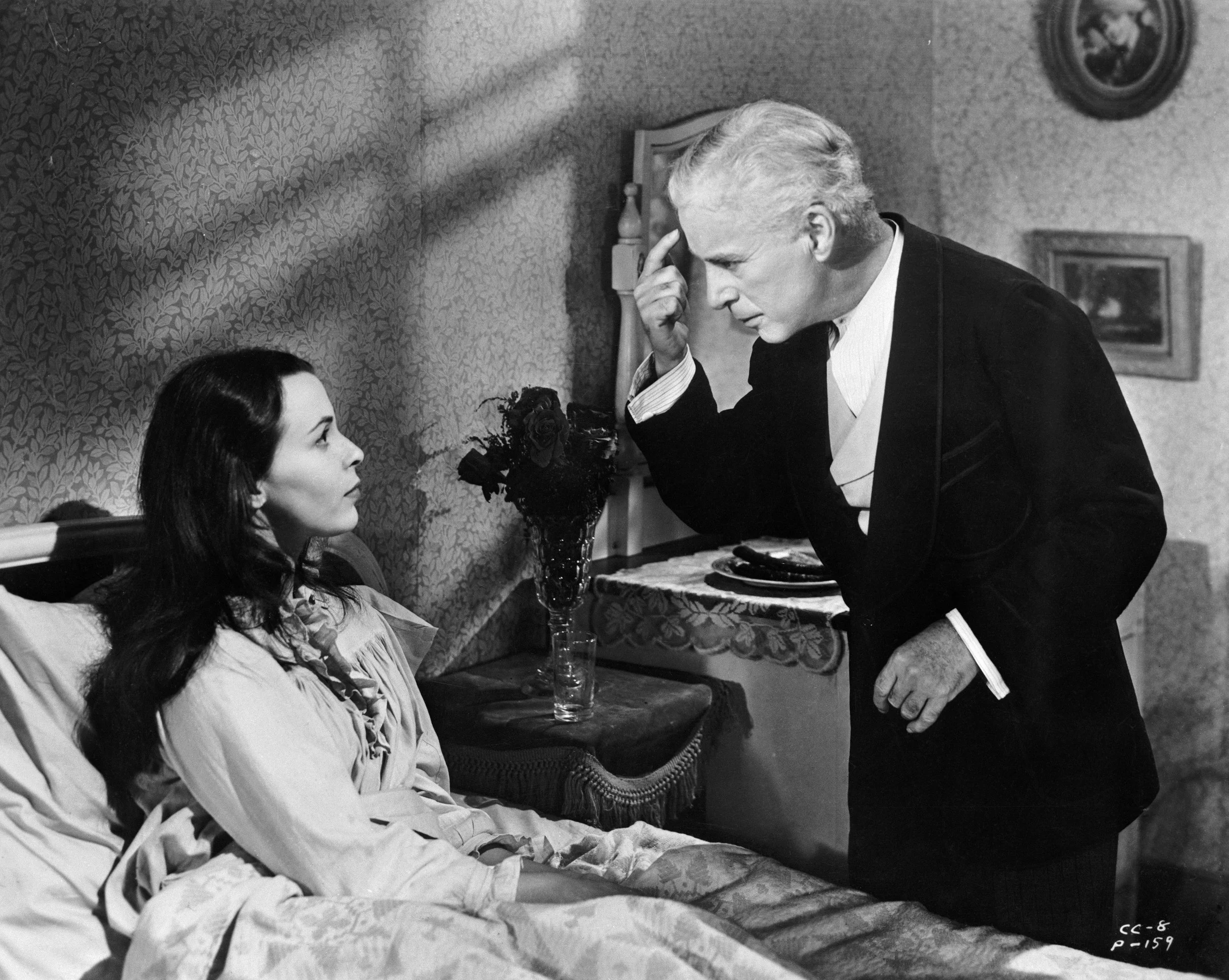#34: Limelight
Release Date: October 23rd, 1952
Format: Criterion Collection on Blu-ray
Written by: Charles Chaplin
Directed by: Charles Chaplin
3.5 Stars
It’s fascinating watching artistic geniuses age.
Sometimes the genius shows a linear decline in quality: they manifest their masterpiece right out of the gates, followed by works that are echoes of that debut, ringing out farther and farther, diminishing in importance as time goes by.
Other times the genius’s path is a bell curve: the initial works are primitive as the artist finds their voice, but by mid-career their perseverance lends itself to masterworks that they hold onto for as long as they can, slowly eroding in quality as they age.
Chaplin is the latter. He’s a bell curve artistic genius. His Keystone comedies came from the prehistoric era of physical silent comedy, then you see his growth as an artist and performer in the Mutual comedies directly following. They have a pathos beneath them, and you see Chaplin almost willing the “dramatic comedy ” genre into existence. By the time The Kid is released, Chaplin has created fire. He’s as big as any actor will ever be, and he makes the greatest silent movies ever made: The Gold Rush, The Circus, City Lights, and Modern Times.
In my view, those five films are the pinnacle of his career. And being the biggest star and most recognizable person on earth, he begins to overreach. For the first time ever, Chaplin embraces sound and dialogue and makes The Great Dictator, a great movie, but this is Chaplin battling fascism as much as it is him telling a story. Famously the movie features Chaplin, dressed as Hitler, breaking the fourth wall to impel the audience to denounce tyrannical leaders and hate.
Then, seven years later, he releases Monsieur Verdoux (I’ve never seen it). But I know that his titular character has an anti-war soliloquy before he is executed for murder. The film was his least popular of his career (although it’s since undergone a critical reappraisal), while at the same time young filmmakers like Ford, Welles, and Hitchcock are taking movies to new places (just like Chaplin did 25 years earlier). At this point, Charlie is clearly on the wrong side of that bell curve.
Limelight is Chaplin’s last gasp as the biggest star in the world, and damn it, he gets close to a masterpiece. Here he tells the story of Calvero, a stage clown, in 1914, washed up and alcoholic, living in a small room in London. There he takes in a suicidal ballet dancer, Thereza, who has nowhere else to go. Living together he gets sober, she resurrects her dancing career, they flirt with a romantic relationship despite a 40-year age difference, and Calvero’s story crescendos with a final great performance in front of a packed house, after which, he dies of a heart attack.
It must be noted that Chaplin was a child performer in London in the early 20th century, Chaplin’s father was an alcoholic performer in London who died of a heart attack, his mother was a performer who was schizophrenic and suicidal, and Chaplin, at the point of making Limelight, was married to a woman 40-years his junior.
In mining the depths of his own unique journey and tragedies, Chaplin has made a fascinating movie. In the character of Calvero, Chaplin explores many of the things that made his Little Tramp character so captivating. He’s poor, but imbued with a noble humanity that those with more, lack. And although Chaplin was in his early 60s in Limelight, his gift for physical comedy is still extraordinary. His flea training bit and his closing scene with Buster Keaton are incredible.
The female lead, Claire Bloom, is perfect in her first ever movie role (not lead role, but any role). She’s better than Chaplin in the spoken scenes, and she was 20-years-old while filming (as I’m writing this, I’m becoming aware of the similarities between Limelight and Lost in Translation. I wonder to what degree Sofia Coppola was inspired by this last notable work by Chaplin).
So why is Limelight almost a masterpiece, rather than an actual masterpiece? There is a grandiosity to Calvero and moral philosophizing that border on self-adulation. He’s also the smartest man in the room at all times. The character’s death is tragic and it works as an ending, but I also got the sense that Chaplin wanted a degree of pity for him as much as the character from his audience. This is Chaplin with a chip on his shoulder.
But this does not ruin the movie. In fact, it’s flaws like this that make the movie more relatable, not less. Here is a 60-something-year-old Charlie Chaplin in the 1950s, mining every last stone of his genius to make as important and personal a movie as he can make. And he makes a beautiful, memorable, touching, human film.
